Text
Hi guys I’m back, sorry I repost it for Henrietta of England, Duchess of Orléans, soon I post more.










Henrietta of England, Duchess of Orléans
Henrietta of England (Henrietta Anne 26 June- 30 June) was a youngest daughter of Charles I of England and Henrietta Maria of France. Fleeing England with her mother and governess when she was age of three, she moved to the court of her first cousin, King Louis XIV of France, where she was known as Minette. She married her first cousin Philippe I, Duke of Orléans, but their relationship has marked by frequent tensions over the common suitors. She very clever, was instrumental in negotiating the Secret Treaty of Dover against the Dutch Republic in June 1670, the same month as her unexpected to death. Jacobite claims to the British throne following Henry Benedict Stuart's death, the end of the House of Stuart, descend from her second surviving daughter (a final daughter) Anne Marie, Queen of Sardinia who has descendants after her.
Born- 26 June 1644 Bedford Estate
Died- 30 June 1670 (aged 26) Saint-Cloud, France
House- Stuart
Religion- Catholicism
Daughter of Henrietta Maria of France & Charles I
Wife of Philippe I Duke of d’Orléans
Married 31 March 1661
Had two Surviving daughters Marie Louise, Queen of Spain & Anne Marie, Queen of Sardinia
10 notes
·
View notes
Photo








queen consorts + most pregnancies (requested by anonymous)
Margaret of Wessex (b. circa 1070 - d.1093) ♕ 8 pregnancies; all children lived to adulthood Anabella Drummond (b. circa 1350 - d.1401) ♕ 7 pregnancies; 5 children lived to adulthood Joan Beaufort (b. circa 1404 - d.1445) ♕ 8 pregnancies; 7 children lived to adulthood Mary of Guelders (b.1434 - d.1463) ♕ 7 pregnancies; 6 children lived to adulthood Margaret Tudor (b.1489 - d.1541) ♕ 6 pregnancies; 1 child lived to adulthood Anne of Denmark (b.1574 - d.1619) ♕ 10 pregnancies; 3 children lived to adulthood Henrietta Maria of France (b.1609 - d.1669) ♕ 9 pregnancies; 5 children lived to adulthood Mary of Modena (b.1658 - d.1718) ♕ 12 pregnancies; 2 children lived to adulthood
410 notes
·
View notes
Photo








In the film “Ever After” the character of the “Grand Dame” at the beginning is said to be Marie Therese Charlotte, Duchesse d’Angouleme, daughter of Louis XVI and Marie Antoinette.
She says that:
“ My great-great-grandmother’s portrait hung in the university up until the Revolution.”
While I am WELL AWARE the movie is obviously a work of fiction, I felt like pointing out that Prince Henry is supposed to be Henry II, who married Catherine de Medici, who was not one of her great, great grandmothers.
(Catherine was still related to her though, since she and Henry’s daughter, Claude, was Marie Therese’s great X5 grandmother. Twice over. Royalty had a shallow gene-pool guys. Therese was also descended from Catherine/Henry’s eldest daughter, Elisabeth too, who was her great X7 grandmother. It’s highly likely there are other lines of descent too *see my previous comment about shallow gene-pools*, but these were the most direct.)
Here are portraits of the women who were actually the Duchesse d’Angouleme’s Great, Great Grandmothers:
Marie Adelaide of Savoy, Dauphine of France
Catherine Opalińska, Queen of Poland
Christiane Eberhardine of Brandenburg-Bayreuth, Queen of Poland
Wilhelmine Amalia of Brunswick-Lüneburg, Holy Roman Empress
Eleanor of Austria, Queen of Poland
Elisabeth Charlotte of the Palatinate, Duchesse d’Orleans
Eleonor Magdalene of Neuburg, Holy Roman Empress
Christine Louise of Oettingen-Oettingen, Duchess of Brunswick-Lüneburg
94 notes
·
View notes
Photo
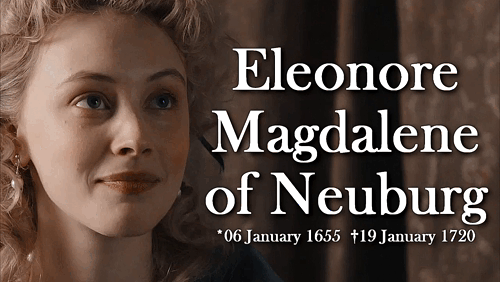
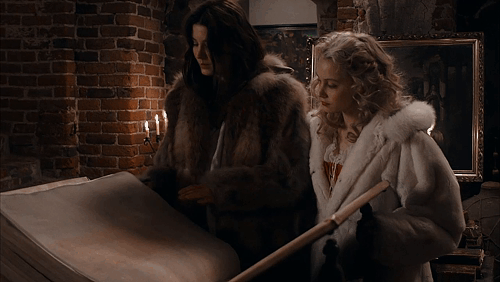
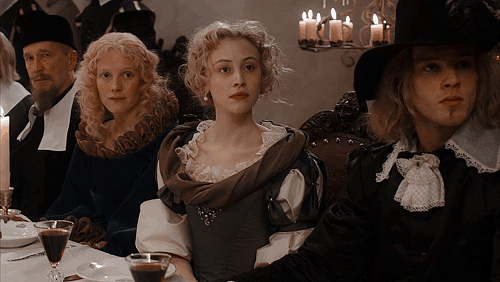
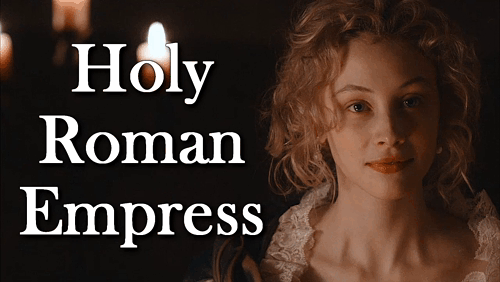
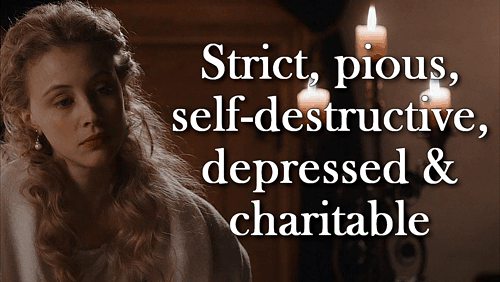
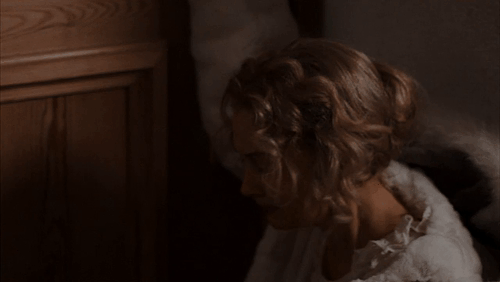
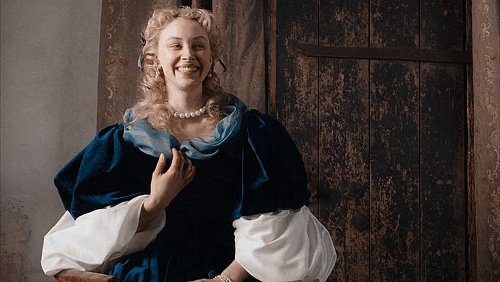
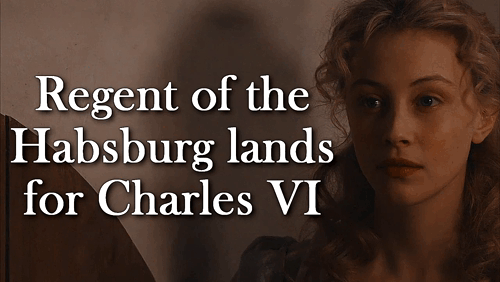
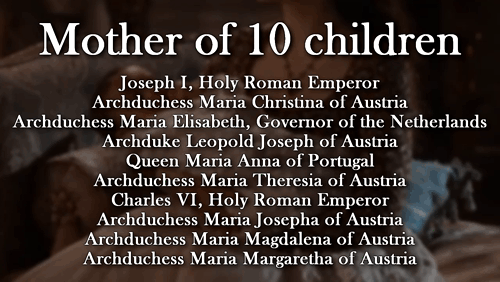
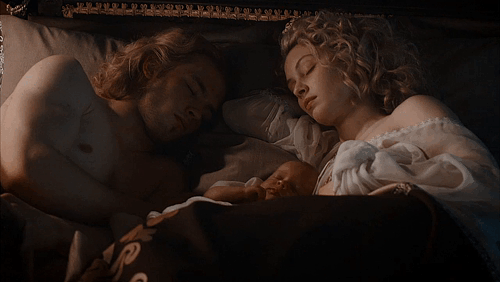
Royal Women of Austria (14/?) & Holy Roman Empresses (06/?): Eleonore Magdalene of Palatinate-Neuburg aka Eleonore Magdalene of Neuburg
Eleonore was born as the first of 17 children to Philip William, Elector Palatine, and his wife Princess Elisabeth Amalie of Hesse-Darmstadt. In English, she is usually referred to as Eleonore Magdalene of Neuburg but her full German name was actually Eleonore Magdalene of Palatinate-Neuburg. Through her son Charles, she was the paternal grandmother of Maria Theresia, Holy Roman Empress and The Archduchess of Austria, and Archduchess Maria Anna, Princess of Lorraine and Bar.
By contemporaries, she is described as a stirct and pious woman who actually rather wanted to become a nun than an empress. She had received an eduaction in serveral language and art, poetry and music. From a very early age, she showed interest in religious scriptures and studied them eagerly. Eleonore became so obsessed with religious that she denied herself any real joy and even tended to have self-destructive tendencies. For examples, she had spikes installed inside of her bracelets as tool of penance and only visited the opera when her husband asked her to. However, she was beloved among the common people whom she asked during her visits to treat her as one of their own.
Eleonore tried to avoid a marriage at all costs. She denied many suitors, among them King James II and VII of England and Scotland. However The Emperor lost his second wife in the spring of 1676. Eleonore’s family was known for their fertility, she herself had 16 siblings, and The Emperor was in need of a male heir. Eleonore nevertheless tried to boycott the marriage, her father had so carefully arranged, by sunbathing until she got a sunburn the day before the Emperor would see her for the first time. However that did not work and Eleonore and Leopold I. were married on December 14th, 1676.
The marriage resulted in 10 children, among them two Emperors, a Lady Governor of the Netherlands and a Queen of Portugal. Eleonore was also devoted to her husband and took care of him in his last months. Furthermore, she served as his translator for French documents since he was unlike her unable to speak or read any French.
When her oldest son died, Eleonore acted as regent of the Habsburg lands until her youngest son Charles VI who resided and ruled over Spain during that time, returned to Austria. During her regency, she demanded all the gifts the mistress of her elder son had received back and also fired the mistress’ brother from his courtal position. Furthermore, Eleonore signed the Treaty of Szatmár, which recognized the rule of the House of Habsburg in the Kingdom of Hungary. Lastly, Eleonore presided over the congress to determine the succession and election of a new Emperor, and favoured the election of Charles as Emperor.
Eleonore lived her last years as a nun. However, she had instructed her servants to never tell this to anyone. On January 1st, 1720, she suffered a stroke while preparing for confession. This left her paralyzed on the right side of her body. Her daughters-in-law, Princess Wilhelmine Amalia of Brunswick-Lüneburg and Princess Elisabeth Christine of Brunswick-Wolfenbüttel, nursed her in her final days. Eleonore Magdalene died 19 days later and was buried four months later in the Imperial Crypt in Vienna.
// Sarah Gadon in The Girl King (2015)
213 notes
·
View notes
Photo

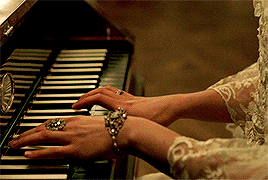


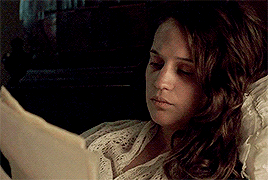


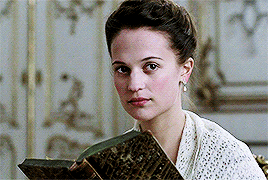
Dead before having gotten the chance to celebrate her twenty second birthday, Isabella of Bourbon-Parma has been asleep for more than two centuries, forgotten by history. For lack of political impact, and mainly for not having her writings published, collective memory still doesn’t acknowledge the existence of this outstanding woman, even though she’s part of a small group of true intellectuals from that era and part of the very closed off club of philosophical princesses. Contrary to most princesses from her time and blood, she had a sharp mind, stirred up by a wild curiosity and an encyclopedic knowledge. When we are lucky enough to read one of her treaties, we are astounded by the maturity and modernity of her thinking. This young woman showed free-thinking which seemed to have sheltered her from prejudices of the time and environment. But the fairies that watched over her crib could not defeat the Evil Witches. One was called Heredity, the other, Melancholy. Because no matter what nature gifted her with, a young princess of the 18th century, twice the heir of Bourbons, does not choose her destiny. Isabella, like the others, was the object of familial ambitions and political demands. Even though she showed nothing but obedience in the public eye, she nonetheless kept a harrowing clear-headedness and a sort of liberty no one could have guessed.
(Élisabeth Badinter in Lettres de Isabelle de Bourbon-Parme à l’archiduchesse Marie-Christine 1760-1763.)
397 notes
·
View notes
Text
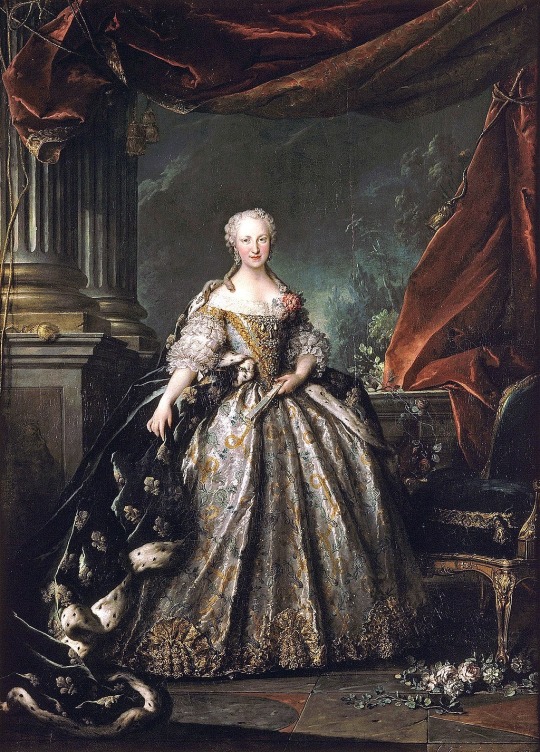
Maria Teresa Rafaela of Spain, Dauphine of France
Maria Teresa Rafaela of Spain (María Teresa Antonia Rafaela 11 June 1726 – 22 July 1746) was an Infanta of Spain by birth and Dauphine of France by marriage to Louis, Dauphin of France, son of Louis XV of France. She died aged 20, three days after giving birth to a daughter who died in 1748.
Born 11 June 1726 Royal Alcazar of Madrid, Spain
Died 22 July 1746 (aged 20) Palace of Versailles, France
Daughter of Philip V of Spain and Elisabeth Farnese
Married Louis, Dauphin of France (1729–1765) on 13 December 1744
Had one daughter Marie Thérèse, Madame Royale (1746-1748)
House Bourbon
#dauphineoffrance#18th century#paintings#mariateresarafaelaofspain#art#portrait#women in history#history#houseofbourbon
3 notes
·
View notes
Text

Elisabeth Farnese - Life in Parma
Elisabeth was born at the Palazzo della Pilotta in Parma, daughter of Odoardo Farnese and Dorothea Sophie of Neuburg. Her mother later married her uncle Francesco Farnese, Duke of Parma.
Elisabeth was raised in seclusion in an apartment in the Palace in Parma. She had a strained and difficult relationship with her mother, Dorothea Sophie of Neuburg but was reportedly deeply devoted to her uncle-stepfather. She could speak and write Latin, French, and German and was schooled in rhetoric, philosophy, geography and history, but, reportedly, she found no interest in her studies and lacked intellectual interests. She was a better student within dance, studied painting under Pietro Antonio Avanzini and enjoyed music and embroidery. She survived a virulent attack of smallpox shortly after the War of the Spanish Succession. However, she was very close to her father and her uncle-stepfather. Farnese was the niece of Francesco Farnese, Duke of Parma, and was very close to him growing up. After the death of her father, Farnese's mother married Francesco, making him her uncle and also her stepfather. He was a major father figure in Farnese's life.
Because of the lack of male heirs of her father, her uncle-stepfather, and her youngest uncle, who all succeeded one another, preparations were made for the succession of the Duchy of Parma through a female line (her). She consequently received many marriage proposals. Victor Amadeus, Prince of Piedmont and Francesco d'Este, Hereditary Prince of Modena both asked for her hand but negotiations eventually failed, a serious option for Farnese to be arranged to be married, as well as Prince Pio della Mirandola. However, negotiations fell through.
#elisabethfarnese#queenofspain#women in history#history#late 17th century#early 18th century#18th century#portrait#art#paintings
0 notes
Text

Madame Henriette of France
Anne Henriette of France (14 August 1727 – 10 February 1752) was a French princess, the twin of Louise Élisabeth of France, and the second child of King Louis XV of France and queen consort Marie Leszczyńska. She was referred as a Madame Seconde, as an adult, she became known as Madame Henriette, or only Madame, as the eldest daughter of the king present in Versailles after the marriage of her sister.
Born 14 August 1727 Palace of Versailles, Versailles, France
Died 10 February 1752 (aged 24) Palace of Versailles, Versailles, France
Daughter of Louis XV and Marie Leszczyńska
Twin sister of Louise Élisabeth of France, Duchess of Parma
House Bourbon
Religion Roman Catholicism
#henriette#henrietteoffrance#mesdamesdefrance#Madame Seconde#Madame Henriette#art#paintings#portrait#women in history#18th century#history#madamedefrance#madameoffrance#houseofbourbon
4 notes
·
View notes
Photo




Baby actor! Crèdit: Versailles Facebook Group and Instagram
460 notes
·
View notes
Photo








I spent my whole weekend making Versailles memes and I could keep going.
935 notes
·
View notes
Photo










Common Royal & Noble Names: Marie / Mary / Maria
Mary of Burgundy
Princess Maria Eleonora of Brandenburg
Archduchess Maria Theresia of Austria
Archduchess Maria Anna of Austria
Archduchess Maria Antonia of Austria
Archduchess Marie Leopoldine of Austria
Princess Marie of Prussia
Marie in Bavaria
Baroness Marie Louise of Wallersee
Baroness Marie Vetsera
219 notes
·
View notes
Photo




How long were Louis XVI and Marie Antoinette married?
228 notes
·
View notes
Text

Maria Anna of Neuburg, Queen of Spain
Maria Anna of Neuburg (Spanish: Mariana; 28 October 1667 – 16 July 1740), was Queen of Spain from 1689 to 1700 as the second wife of Charles II, last Habsburg King of Spain.
Her marriage was dominated by the political struggle between French and Austrian factions over the Spanish throne, which resulted in the 1701-1714 War of the Spanish Succession. When Charles died in 1700, he was succeeded by the French candidate, Philip V and Maria Anna was exiled. She lived largely forgotten until her death in 1740.
Born 28 October 1667 Benefit Palace, Düsseldorf, Electoral Palatinate
Died 16 July 1740 Infantado Palace, Guadalajara, Spain (aged 72)
Daughter of Philip William of Neuburg, Elector Palatine and Elisabeth Amalie of Hesse-Darmstadt
Married Charles II of Spain on 14 May 1690
House Wittelsbach
Religion Roman Catholicism
#mariaannaofneuburg#queenofspain#17th century#18th century#art#women in history#history#portrait#paintings#house of wittelsbach
0 notes
Text

Marie Louise d'Orléans, Queen of Spain
Marie Louise d'Orléans (26 March 1662 – 12 February 1689) was Queen consort of Spain from 1679 to 1689 as the first wife of Charles II of Spain. She was a granddaughter of Louis XIII of France. In her adopted Spain, she was known as María Luisa de Orleans.
Born 26 March 1662 Domaine National du Palais-Royal, Paris, France
Died 12 February 1689 (aged 26) Royal Alcazar of Madrid, Madrid, Spain
Daughter of Philippe I Duke of Orléans and Henriette d’ Angleterre
Married Charles II of Spain on 19 November 1679
House Orléans
Religion Roman Catholicism
#marielouised’orléans#queenofspain#art#17th century#paintings#portrait#women in history#history#houseoforléans
0 notes
Photo

Farinelli & Royals: ISABELLA FARNESIO OF SPAIN
Isabella (or Isabel) Farnesio (or Elizabeth Farnese) was born in 1692 in Parma, Italy, the niece and stepdaughter of the duke of Parma. In 1714 she married Philip V of Spain after the death of his first wife, the popular Maria Louisa Gabriela of Savoy. After the marriage, Isabella, a handsome, ambitious woman took complete control of King Philip. Her husband was so besotted by her that he sometimes struck her in a fit of jealous rage. However, Isabella was willing to overlook his capricious behavior in order to maintain her control over him. Her chief ambitions were to break France’s influence over the Spanish crown and to recover Italian possessions by exiling Austrians from Italy. Isabella and Philip had seven children. Since Philip had two sons by his first wife, Isabella had not much hope that her children would reign on the Spanish throne, so she spent much of her reign attempting to supplant Austrian power in Italy, securing Italian principalities for her children to govern. She was shrewd in her choice of ministers, selecting those who would carry out her foreign policy to the ends that Spain’s imperialistic gains in Italy were significant. Isabella made improvements in the country’s economy and enacted reforms in the military and administrative branches of the government. Her husband abdicated briefly in 1724 in favor of his oldest son, Luis, but returned when Luis died of small-pox that same year. Philip died in 1746 and was succeeded by Ferdinand VI, his son by his first wife. Isabella then retired from court. She died in 1766.
Elizabeth was an avid lover of music and during her lifetime a steady stream of Italian musicians settled in Spain, notably composer and teacher Domenico Scarlatti and the famous opera singer Farinelli. In 1737 Isabel Farnese had asked him to come to distract Philip V from his melancholy. Farinelli’s magnificent voice had been heard at the Imperial, French and British courts and at nearly all those of Italy, and at the age of thirty-two he had reached the peak if his fame. Farinelli quickly gained the sovereign’s complete confidence, so much so that he was exempt from submitting to the authority of any other person on institution in the country but the king and the queen. It is curious that, according to the famous singer’s own confession, the man who had given him the most practical advice on his art was the Emperor Charles VI, Philip V’s rival, who would never have suspected that his words would go to help the singer to perfect himself and to sweeten the last days of his old enemy.
81 notes
·
View notes
Text

Maria Josèpha of Saxony, Dauphine of France
Maria Josepha of Saxony (Maria Josepha Karolina Eleonore Franziska Xaveria 4 November 1731 – 13 March 1767) was a Dauphine of France from the age of fifteen through her marriage to Louis de France, the son and heir of Louis XV. Marie Josèphe was the mother of three kings of France, including Louis XVI, as well as Madame Élisabeth.
Born 4 November 1731 Dresden Castle, Dresden, Germany
Died 13 March 1767 (aged 35) Palace of Versailles, France
Daughter of Augustus III of Poland and Maria Josepha of Austria
Married Louis, Dauphin of France (1729–1765) on 9 February 1747
Had eight children including Louis XVI, Louis XVIII & Charles X
House Wettin
Religion Roman Catholicism
#mariajosèphaofsaxony#dauphineoffrance#18th century#art#portrait#paintings#women in history#history#houseofwettin
1 note
·
View note









